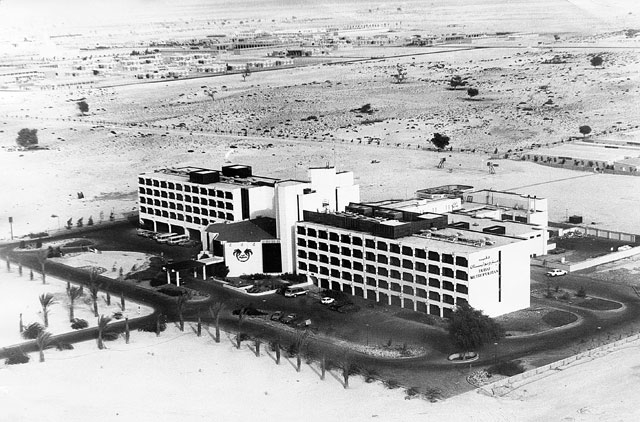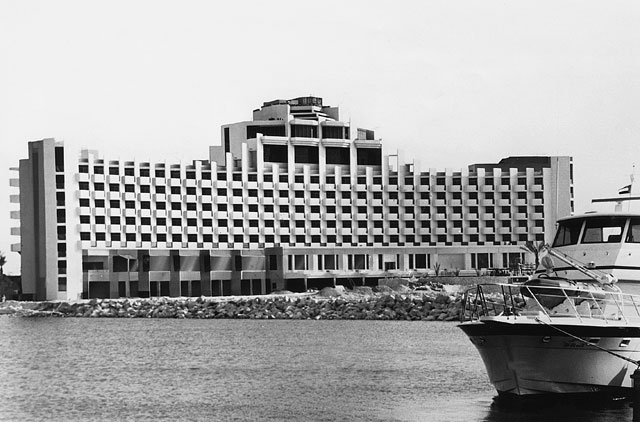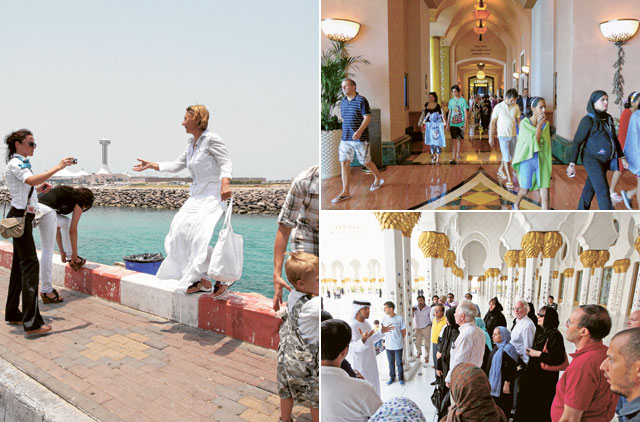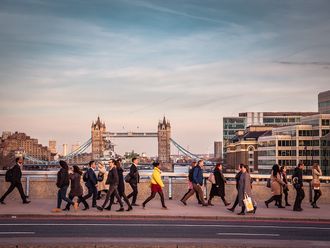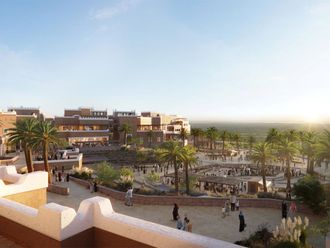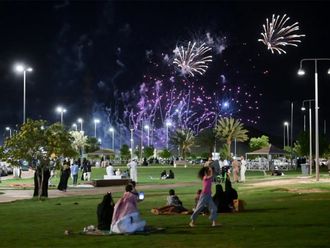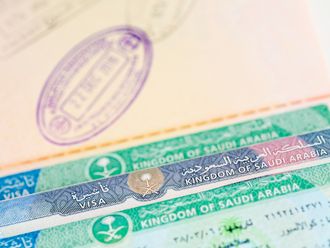
Dubai: The hospitality industry in the UAE took off with a handful of hotels around 30 years ago and today, the country boasts unparallel standards of service in some of the best known global as well as homegrown hotel brands located here.
And as time passed, the UAE has become a much sought-after venue for conferences by multinational companies, regional and international exhibitions and major sports events such as the Dubai World Cup, the Dubai Desert Classic Golf Tournament, and polo and cricket competitions.
It is home to vastly different nationalities, cultures and ethnicities, attracting a huge number of visitors every year.
Due to its location the UAE has been able to act as a link between Europe and the Indian subcontinent, the Far East and Africa.
While Dubai took the lead in putting the UAE on the global tourism map, other emirates followed suit.
Today, most of the other emirates such as Abu Dhabi, Fujairah, Ajman and Ras Al Khaimah have their own tourism boards, actively marketing their respective attractions while also frequently attending international holiday fairs in order to encourage travel agents and tour operators to visit the UAE.
Some of the key factors contributing to this boom and helping develop an ideal atmosphere for tourism include the UAE's extensive coastline, varied landscape and sandy beaches, making it possible for tourists to indulge in a wide variety of activities, ranging from powerboat racing and sand-skiing to parasailing.
Of course, traditional sports such as falconry, camel racing and horse racing have been age-old attractions.
Despite the economic recession, the country has been attracting a large number of tourists. Hotel guests in Dubai, for instance, surged 13.6 per cent in the first quarter of this year, as per the latest numbers from the tourism body, Dubai Tourism and Commerce Marketing, reaching 2.38 million, up from 2.09 million in the first quarter of 2010.
Positive result
"This positive result is due to close cooperation between the government and the private sector organisation and our relentless efforts to attract visitors to the emirate," said Khalid Bin Sulayem, Director-General of DTCM.
Sharjah, meanwhile, attracted 1.55 million foreign tourists last year, nearly half of them from Europe led by Russians and Germans.
And during the first half of this year the emirate received 768,061 visitors with hotels and hotel apartments enjoying 75 per cent occupancy.
"Sharjah has gone from strength to strength, keeping pace with the tremendous growth of this young country over the past 40 years. Thanks to the vision of Sharjah's leadership and relentless efforts of the SCTDA and other departments and agencies the emirate has established itself firmly on the global tourism map," said Shaikh Sultan Bin Ahmad Bin Sultan Al Qasimi, Chairman of the Sharjah Commerce and Tourism Development Authority (SCTDA).
He added that the UAE's presence at international events such as ITB Berlin, Moscow and Beijing fair reflects the national integration at the international level.
Abu Dhabi has established itself as a strong tourist destination in recent years by building a large number of tourist islands such as Saadiyat and Yas Marina among the most prominent ones.
"We have set targets this year which call for two million hotel guests and we are on target to achieve this.
"Next year we are looking for 2.3 million hotel guests. This is all a far cry from 2004 when hotel guests numbered less than a million," says Shaikh Sultan Bin Tahnoun Al Nahyan, Chairman of the Abu Dhabi Tourism Authority (ADTA),
He added that the tourism industry in Abu Dhabi has only come into its own over the last seven years following the 2004 establishment of the ADTA.
"Back then, the entire emirate had less than 8,000 hotel rooms, limited air connectivity and few attractions.
"Much has changed since then. Today Abu Dhabi boasts over 19,000 hotel rooms and many of the world's leading hospitality operators are now present here — more are heading to our shores," said Shaikh Sultan.
Over the years
Having already pumped nearly Dh47 billion into projects over the past decade to develop its tourism sector the UAE's future investment in the industry will nearly double in the next 14 years, according to a recent monthly economic bulletin by Emirates Industrial Bank in June.
It stated that projects covering hotels and other infrastructure ventures have boosted the tourism sector's contribution to GDP (gross domestic product) from around 3.2 per cent in 1995 to 6.2 per cent in 2010.
And further investments planned in Dubai, Abu Dhabi and other emirates are expected to expand that contribution to about 12.5 per cent by 2025.
As per the economic bulletin, the investments could reach nearly Dh100 billion if funds spent on new airports and expansion of existing airports are included.
A huge contributor to the UAE's economy, the travel and tourism sector is expected to continue to generate employment nationwide.
According to published reports, the tourism industry is emerging as a leading contributor to GDP, accounting for around 16.6 per cent, or $42.56 billion (Dh156.3 billion), in 2010.
With Dubai, Abu Dhabi and Sharjah accounting for 93 per cent of the contribution of the tourism sector to the country's GDP, the sector will see an 8.1 per cent increase in employment in the country, annually, between 2011 and 2020, with 429,000 people currently employed in the industry and demand for jobs expected to expand during the period [until 2020] by 5.7 per cent each year.
Meanwhile, the UAE has been ranked 30th among 139 countries covered by the Travel and Tourism Competitiveness Report 2011, issued recently by the World Economic Forum under the theme "Moving beyond the Downturn".
The UAE ranked first in the Middle East among countries with most advanced travel and tourism sectors, having achieved 4.78 points.
Timeline: Tourist attraction
- 1989: Dubai Commerce and Tourism Promotion Board is established
- 1994: First Arabian Travel Market was held at Dubai World Trade Centre
- February 15, 1996: First Dubai Shopping Festival is inaugurated
- 1996: Sharjah Commerce and Tourism Development Authority (SCTDA) was established
- January 1997: Department of Tourism and Commerce Marketing (DTCM) is established replacing Dubai Commerce and Tourism Promotion Board
- 1998: Dubai Summer Surprises is launched to promote Dubai as family holiday destination
- December 1, 1999: Burj Al Arab opens in Dubai
- 2001: Dubai Cruise Terminal was launched
- September 2004: Abu Dhabi Tourism Authority (ADTA) is created
- February 5, 2005: Emirates Palace Hotel partially opens in Abu Dhabi
- October 2007: Shaikh Zayed Grand Mosque, one of the largest mosques in the world opens to public
- November 20, 2008: Atlantis officially opens in Dubai and attended by A-list celebrities
- September 9, 2009: Dubai Metro opens to public
- November 2009: UAE creates the National Council of Tourism and Antiquities (NCTA), a federal tourism coordination and regulatory body that will represent the UAE tourism industry to the world
- January 4, 2010: The world's tallest tower Burj Khalifa opens
- November 4, 2010: Ferrari World in Abu Dhabi, world's largest theme park opens to public
- July 2011: Al Ain becomes a part of Unesco World Heritage list, an honour for Al Ain's rich history and treasure trove
- September 9, 2011: Metro Green line inaugurated
— Compiled by Gulf News Archives


